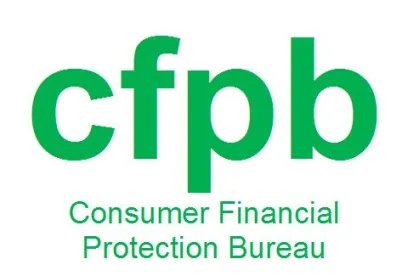On September 14, 2017, the CFPB issued a no-action letter – the first one ever issued by the agency – to a marketplace lender, stating that the agency had no present intention to take enforcement or supervisory action against the lender under the Equal Credit Opportunity Act (ECOA) relating to the lender’s underwriting model, and especially its use of certain alternative data fields. The letter expires after three years, by its own terms.
As detailed in the lender’s request for a no-action letter, it uses a variety of common credit-bureau-based data fields in underwriting, but also uses other, “alternative data” that seemed to the be focus of the CFPB’s issuance of the letter. We saw several significant aspects to the underwriting model detailed in the no-action letter request:
-
The requester excludes all residents of West Virginia from its underwriting process. This exclusion apparently did not raise any redlining concerns for the CFPB.
-
The underwriting process also requires that the applicant have a valid email account. We sometimes have been concerned that such a requirement could have a disparate impact (possibly on the basis of age) because it makes the credit product unavailable to those customers who are not digitally engaged, but the CFPB made no comment on this requirement, apparently not finding fault with it.
-
The underwriting process also uses the identity of the college attended by the applicant. This strikes us as very strange and in tension with the CFPB’s repeated attacks on the use of cohort default rate and other school-specific variables in student loan underwriting.
-
The lender also stated that it uses public records (liens and judgments) as part of its underwriting process, which is notable given the removal of such information from credit reports offered by the three large credit bureaus (although this data continues to be separately available).
The letter (and the CFPB’s press release) makes the point that the use of this information is being used to expand access to credit to individuals, particularly younger ones, without sufficient credit experience to have a credit score. We have known for some time that the CFPB has indicated that it will be more understanding about the use of alternative data when it is used to expand access to credit for consumers who do not have sufficient credit bureau history, but it’s unclear how that inclination will be weighed against particular data elements that have been criticized by the CFPB (like, for example, school-specific variables).
Nevertheless, we view the no-action letter as confirmation of our view that the CFPB wishes to encourage the use of alternative data to expand access to credit to “thin file” or “no file” consumers. The problem is that there are so many limitations in the letter – and so many factual questions that are not addressed by the CFPB at all – that it serves to provide essentially no reliable guidance to the industry. Moreover, as we detailed on this blog when the NAL process was finalized, a no-action letter does not bind the CFPB, any other federal or state governmental agency, or private litigants, and is not entitled to any deference from courts. Our criticism of the Bureau’s no-action letter policy was followed by similar comments in the Treasury Report released earlier this year, which noted the “stringent standards that must be met before the agency will even consider a regulated party’s request” and criticized the inaccessibility of the process to industry participants.
For these reasons, the no-action letter still leaves a great deal of uncertainty surrounding other types of alternative data that may be used in underwriting models. The CFPB could promote access to credit in a much more significant way if it provided guidance on the use of a more expansive set of alternative data than the handful of attributes noted in the no-action letter. Unless and until that happens, lenders will need to make a judgment about the use of alternative data and equip themselves with empirical data to show the predictive power of the data, and that it is being used to expand access to credit. That is the focus we have been concentrating on with our lender clients who make extensive use of alternative data in their underwriting models.



 />i
/>i

